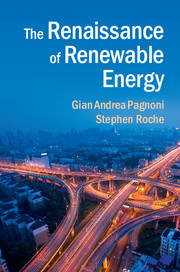3 - How Much Energy Is Enough?
Published online by Cambridge University Press: 05 March 2015
Summary
Scales of Consumption: From Mobile Phones to Space Shuttles
On my first trip to New York, I felt a certain déjà vu. Everything seemed familiar, from the crystalline office towers to the murky Hudson, not to mention landmarks such as the Statue of Liberty and the Brooklyn Bridge. Looking out through the airplane window, I couldn’t help thinking about the amount of water and waste, goods and garbage, fuels and fumes constantly flowing through the city. Later, when I found myself absorbed by the rushing current of humanity that is daytime Manhattan, I witnessed up close a strange marriage of entropy and order, as millions of people circulated in an area one-fifth the size of Malta. For the first time, I sensed that large cities lose the human scale, and that what you see from the plane is not that different from what you see on the streets: a flow of energy.
New York relinquished the title of world’s largest city a few decades ago, and its tallest towers are dwarfed by more recent constructions in Asia, yet it remains a symbol both of the achievements and confines of urban development. An uninitiated visitor to New York, Tokyo, São Paulo, or any of the mega-cities of the twenty-first century, might ask, how is it possible that it all keeps going without ever running out of steam?
- Type
- Chapter
- Information
- The Renaissance of Renewable Energy , pp. 45 - 68Publisher: Cambridge University PressPrint publication year: 2015



